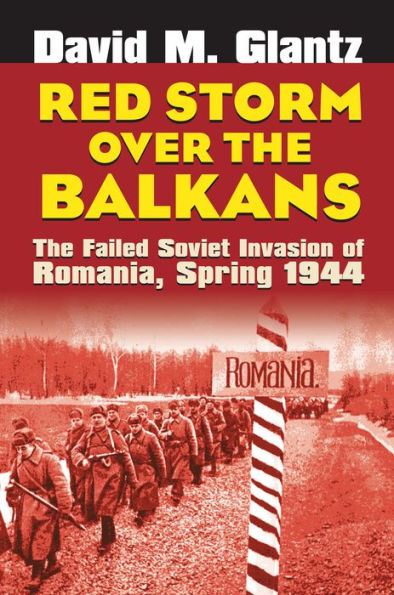5
1
9780700614653


Red Storm over the Balkans: The Failed Soviet Invasion of Romania, Spring 1944 / Edition 1 available in Hardcover

Red Storm over the Balkans: The Failed Soviet Invasion of Romania, Spring 1944 / Edition 1
- ISBN-10:
- 0700614656
- ISBN-13:
- 9780700614653
- Pub. Date:
- 11/16/2006
- Publisher:
- University Press of Kansas
- ISBN-10:
- 0700614656
- ISBN-13:
- 9780700614653
- Pub. Date:
- 11/16/2006
- Publisher:
- University Press of Kansas
54.99
In Stock

Product Details
| ISBN-13: | 9780700614653 |
|---|---|
| Publisher: | University Press of Kansas |
| Publication date: | 11/16/2006 |
| Series: | Modern War Studies |
| Pages: | 462 |
| Sales rank: | 1,006,738 |
| Product dimensions: | 6.00(w) x 9.00(h) x (d) |
From the B&N Reads Blog
